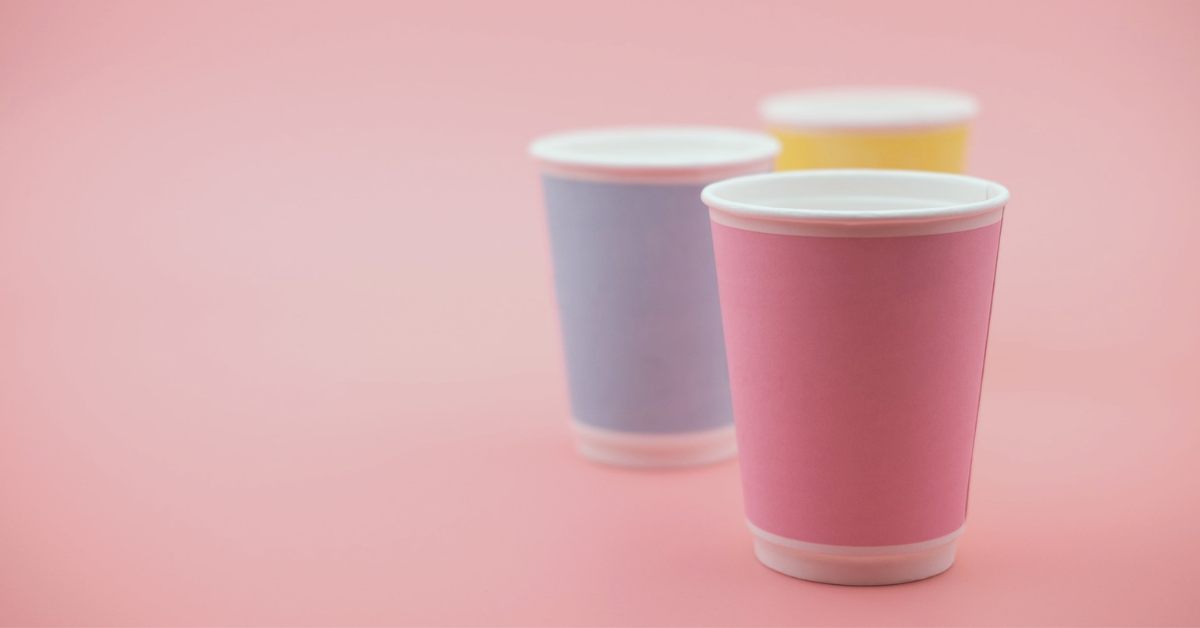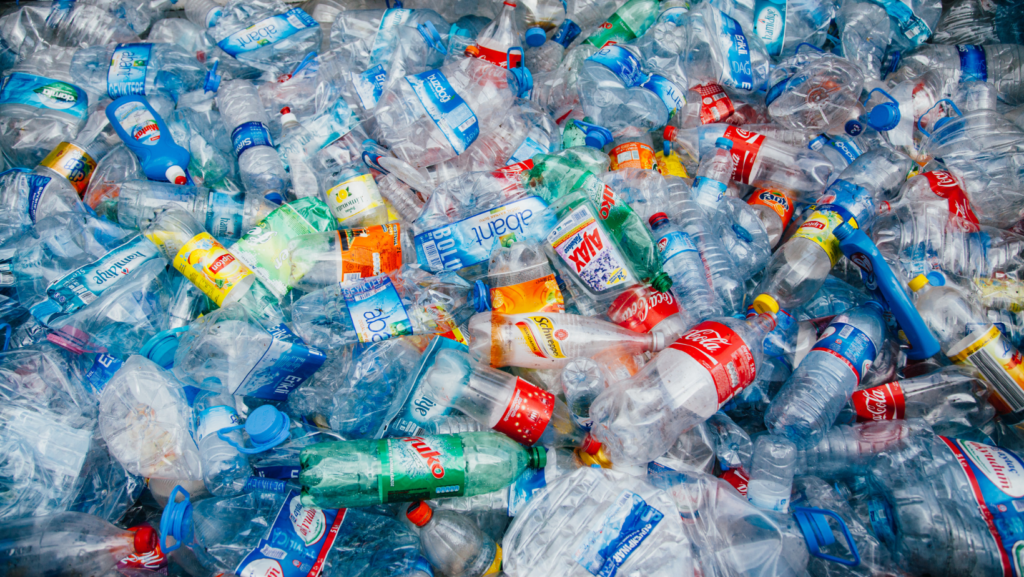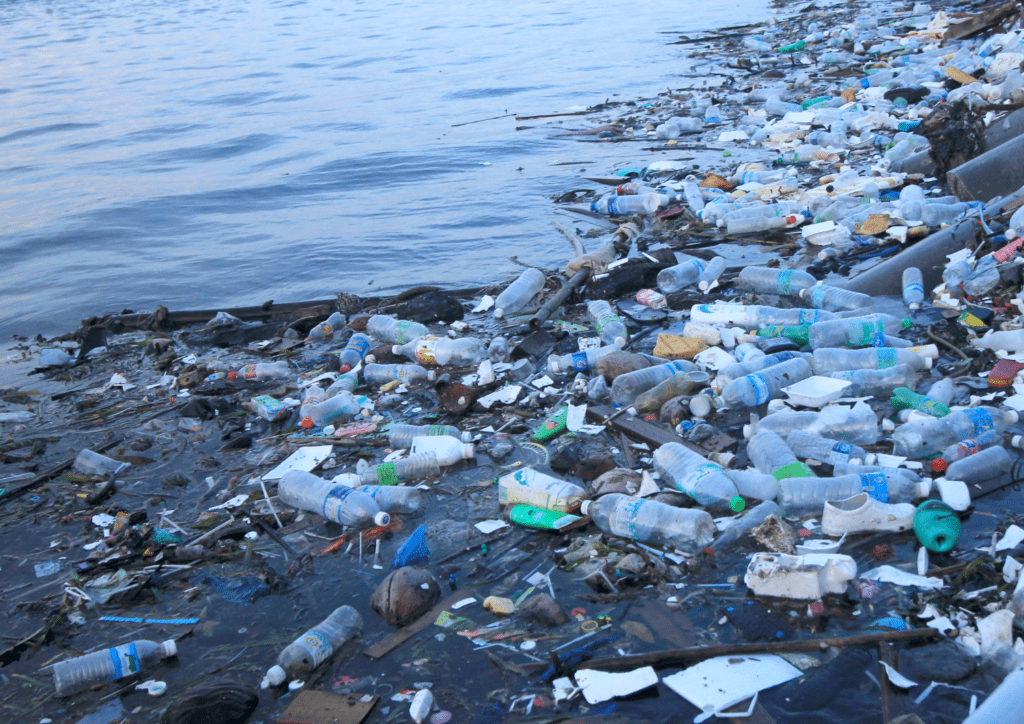Why do we have a plastic problem?
There are many reasons.
It is lightweight, flexible, strong and cheap. From the 1950s the world saw a dramatic rise in plastic production which exceeded most other materials. Its versatility and low price meant plastic started replacing more and more materials, and it started being designed for items that would make their way into our daily lives.
But the number one reason behind all that has got to be convenience.
We go to great lengths for it. To the point of extracting raw materials, processing them, making them into the desired product, packing them, distributing them, using them once and then disposing of them and doing it all again. Their disposal takes them through a waste stream which uses energy to sort and make materials into new materials after being recycled. Alternatively, these items are sent to landfill, are incinerated, creating toxic fumes or are thrown away into the environment, possibly entering drains, lakes, oceans and harming marine life.
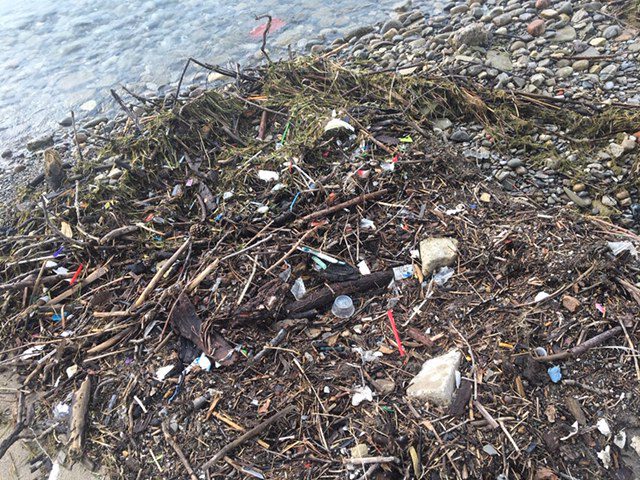
These single-use or disposable plastics are the real culprits of convenience. They come in many forms: disposable coffee cups, plastic cutlery, plastic drinking containers, plastic bottles, plastic plates, plastic bags, Styrofoam food containers, plastic food containers, plastic cotton buds, plastic packaging, plastic film, plastic straws and cellophane to mention a few.
Imagine an average lunch take-out. We find a nice spot and order some food. It comes in disposable boxes, cups or tubs, holding tasty dressings and sauces in disposable pouches, served with disposable utensils, holding beverages in disposable cups or bottles and with plastic straws, keeping you clean with disposable napkins and making it convenient for you to grab and carry in a bag that could be reused, but often gets tossed.
At the end of one meal, how much waste is left behind? Is it really convenient to use the resources to produce and manage all this for such frequent and short use? Something that is given such low value and has such a high environmental impact?
Consider the alternative: reusables.
In the last few years I realized that I can make choices that will respect the planet’s resources, and not create the demand for the production and disposal of materials that are harmful to the environment. Part of the solution is to know more about the impact our choices have and choose better, reusable alternatives whenever possible and within each of our means.
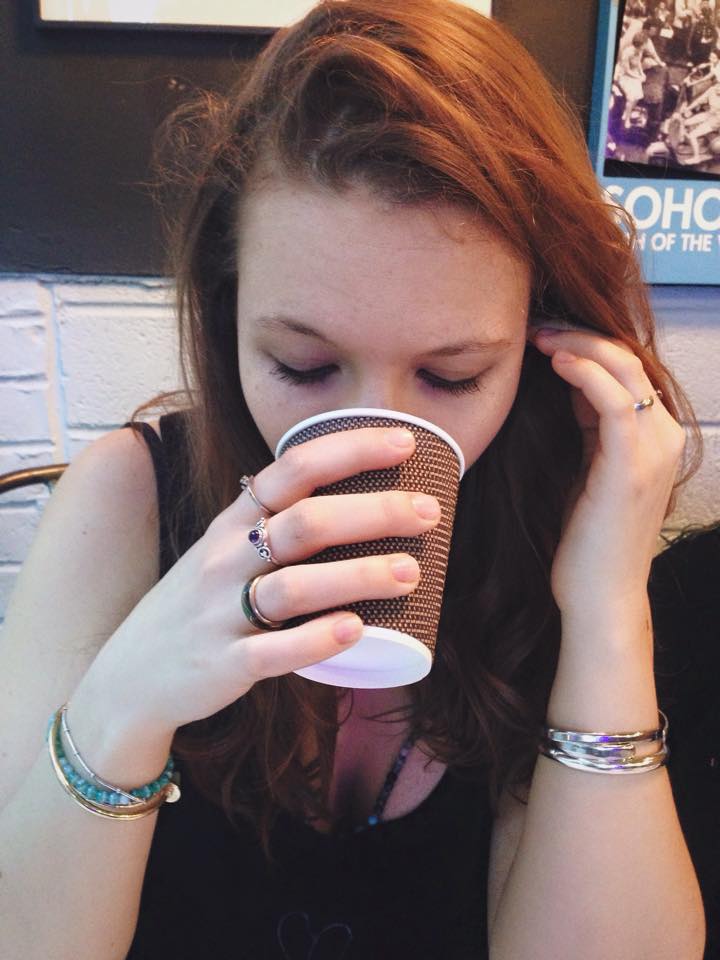
Now imagine grabbing a hot drink on our way to work, each day. This year has 251 working days. By switching to a reusable cup when grabbing a coffee, you’ve just kept 251 disposable cups out of landfill or the environment. And that’s just one single switch for one individual. Think of how many people live in your building or street, in your neighborhood, or even globally!
We can use less. Reusable alternatives are a simple, low-waste option to avoid contributing to the plastic pollution that is damaging our planet. Common household items can be reused.
You probably already own the tools you need – I use a simple mason jar for my takeout coffee, with no need for expensive travel mugs. You can pull out that old Tupperware from the back of your cupboards, and even turn old t-shirts into re-usable shopping bags!
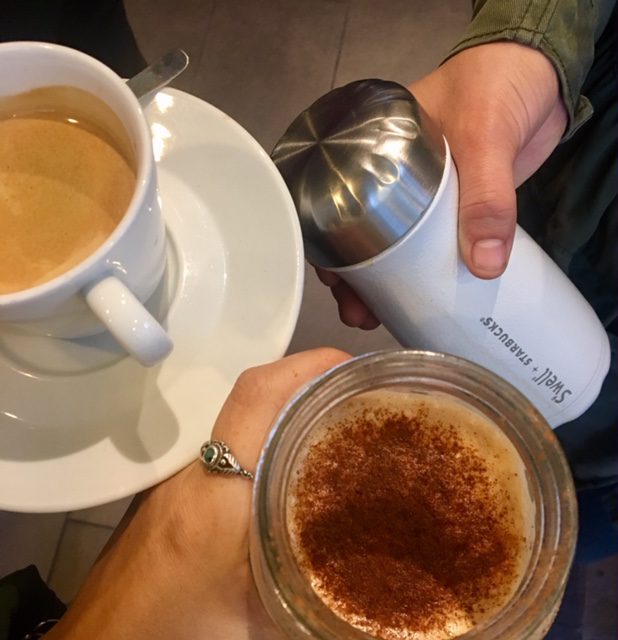
By just making a couple of swaps from single-use to reusable, I saw how much I could reduce my waste, and it’s very been so rewarding to see it happening and know the difference I’m making.
Next week I’ll share my top tips for eating and drinking zero-waste on the go!
Sophie

This blog is part of The Plastic Diaries, a new resource page answering all your questions and concerns about plastic pollution, and what we can do about it.




